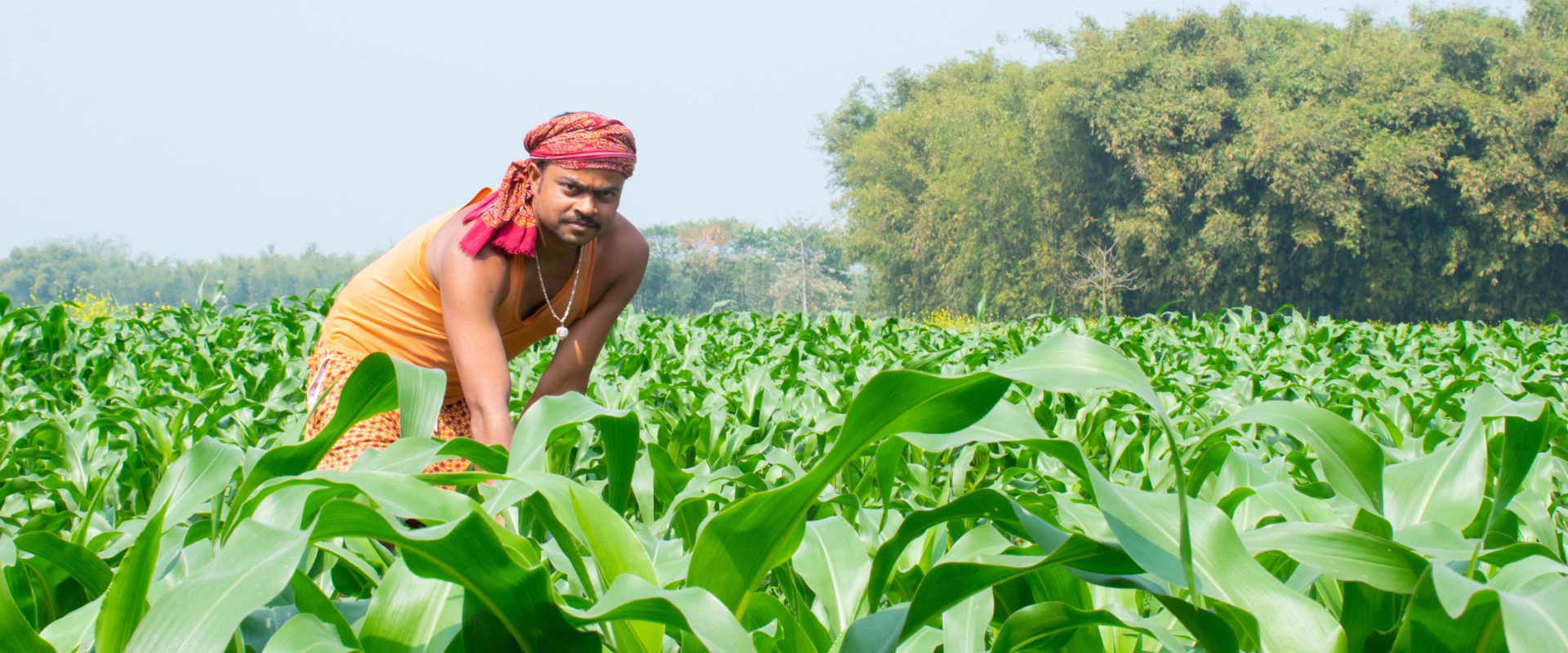At the heart of Tumakuru, amidst sun-warmed soil and whispering winds, Food Temple Natural Farms was born—not as a business, but as a soulful journey into natural farming. For us, this wasn’t just about growing crops. It was about restoring the balance between soil, soul, and society.
As the movement for organic farming in Karnataka gains momentum, one question keeps returning: How much does it cost to start a natural farm? The answer is simple—it’s not free, but it’s priceless.
🌱A Return to Roots
Natural farming is often misunderstood as cost-free. In truth, it's low-cost but high-awareness farming. Unlike modern agriculture that runs on fertilizers and loans, natural farming relies on intuition, observation, and living soil.
At Food Temple, we embraced the multi-layer farming model—planting fruit trees, vegetables, medicinal herbs, and pulses in layers to mimic the forest. This method, popular among regenerative farmers, offers biodiversity, resilience, and year-round produce.
To bring it to life, we needed to shape the land—build bunds, dig trenches, compost pits, and raise saplings. These aren’t expenses. They are investments in sustainability.
🐄 Learning from Cows, Not Chemicals
We turned to our ancestors’ wisdom: Jeevamrutha, Beejamrutha, Mulching, and Cow-based farming techniques. Instead of synthetic fertilizers, we prepared Jeevamrutha with cow dung, urine, jaggery, and pulses—nourishing the soil with life. We covered the earth with mulching—leaves, straw, kitchen waste—not only to retain moisture but to protect the soil from harsh sun and feed microbes.
This wasn’t expensive. But it required time, care, and consistency. Natural farming asks you to observe the land as a living being, not a factory.
💧 Water Is Life, But Only If You Respect It
Being based in Tumakuru, where rainfall is irregular, we adopted sustainable water management:
Farm ponds, drip irrigation, and water trenches became part of our rhythm. Instead of over-irrigating, we learnt to store and conserve.
This planning didn’t come cheap—but it paid off when others watched their borewells dry while our plants stood green.
🛠️ Tools, Time, and Trust
No chemical meant no shortcuts. Weeding was manual. Pest control was botanical. Labor was constant.
We invested in simple hand tools, raised nursery beds, and shaded compost areas. Every nail, every bamboo pole, every watering can served a purpose in building a self-reliant farm.
And yes, we hired local hands—not machines. Because here, labor is not just about work; it's about building a relationship with the land.
🌾 Beyond Crops: The Real Returns
What did we gain?
- Soil that smells sweet and feels alive
- Pollinators and birds returning to the farm
- Vegetables that don’t rot unnaturally fast
- A sense of peace in every sunrise and gratitude in every harvest
This is what sustainable farming in India truly means—not just food production, but soil resurrection.
Today, our farm is more than a growing field. It’s a temple for food and nature. We welcome curious minds, schoolchildren, aspiring farmers, and city-dwellers who long for a deeper connection.
Come stay with us—not in luxury, but in blissful simplicity. Walk barefoot. Feel the soil. Cook your meal with freshly harvested vegetables. Understand what goes into a truly chemical-free lifestyle.
Because once you experience it, you’ll never look at farming the same way again.
💬 A Farmer’s Reflection
Starting a natural farm isn’t about saving money. It’s about changing your relationship with life itself. You won’t spend on urea and pesticide—true.
But you will invest in time, patience, labor, compost, seeds, and love.
In the beginning, you may spend ₹50,000 or more setting up. But in return, you’ll receive what money can’t buy: freedom, health, purpose, and peace.


